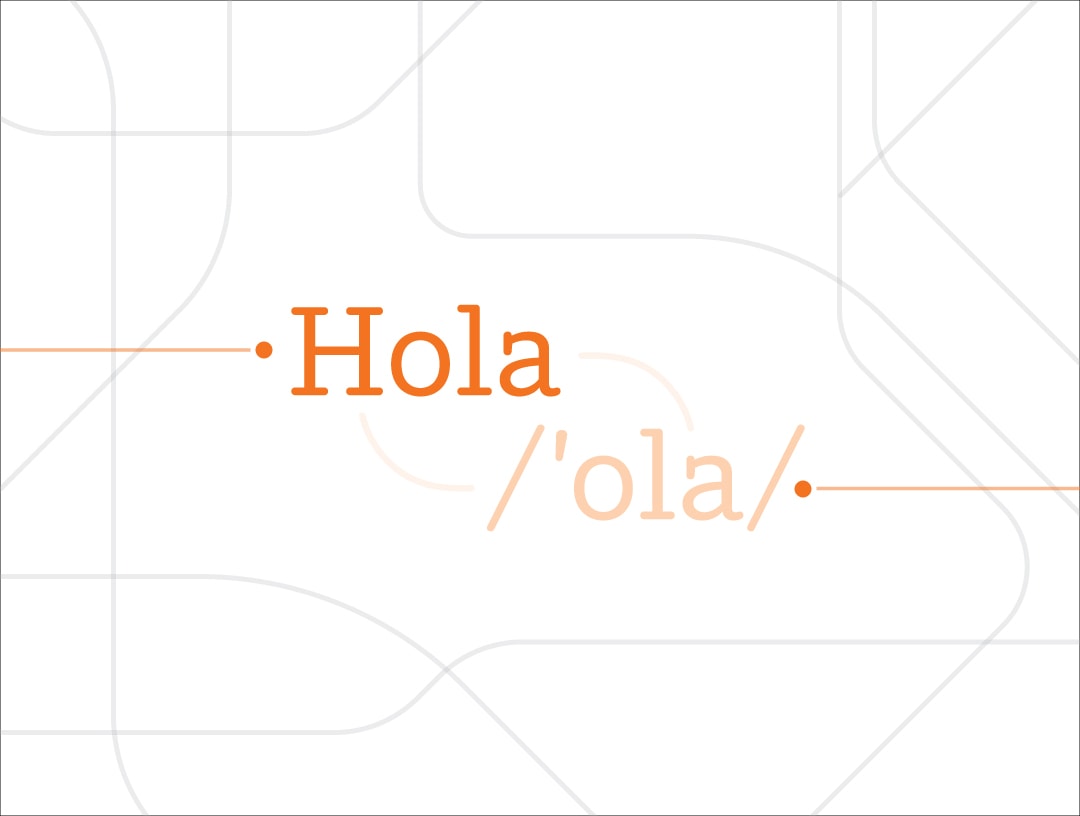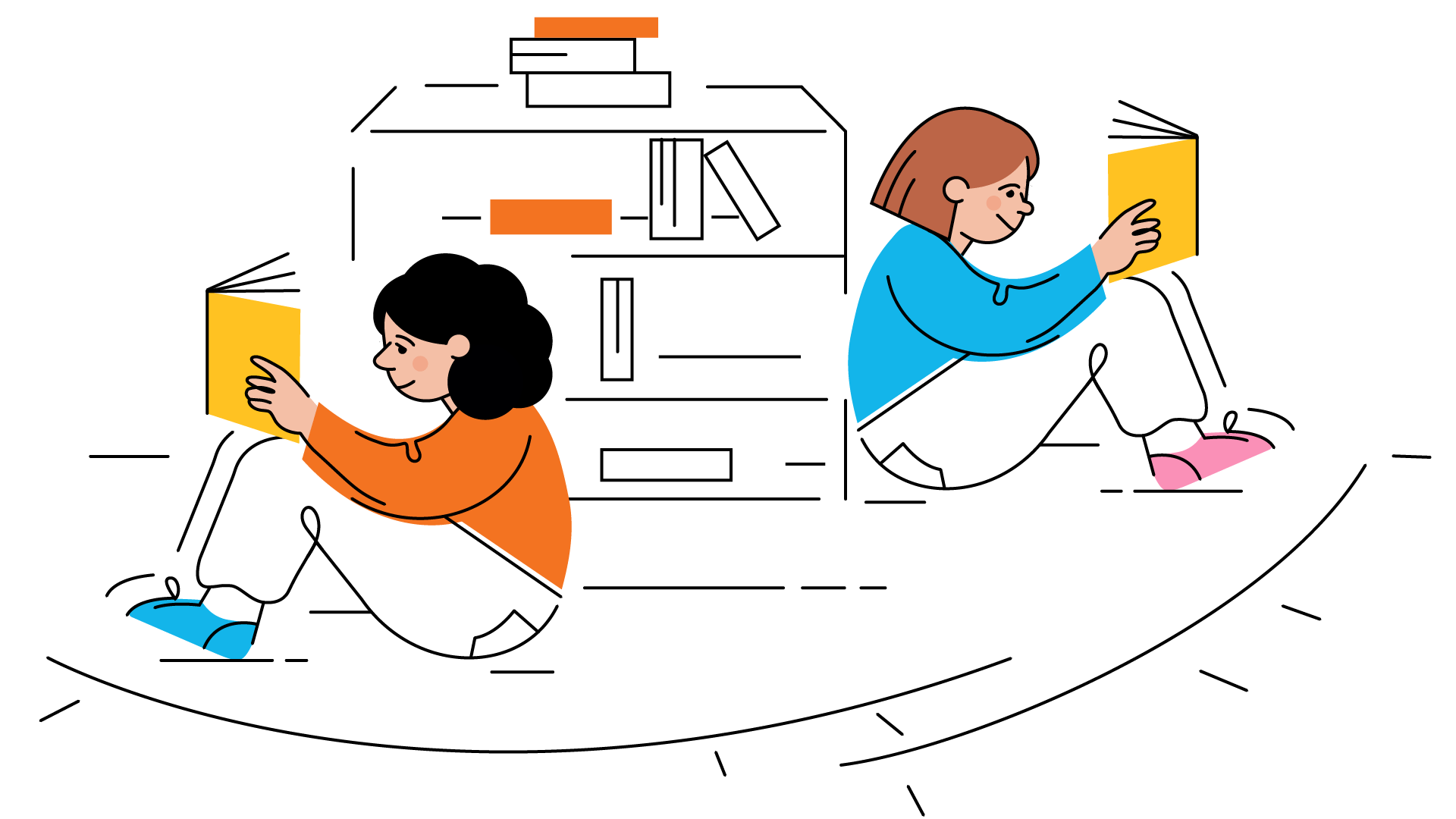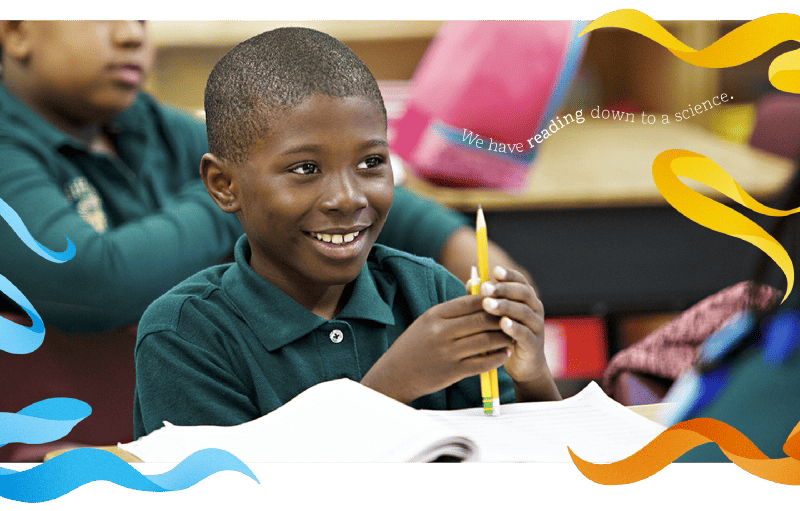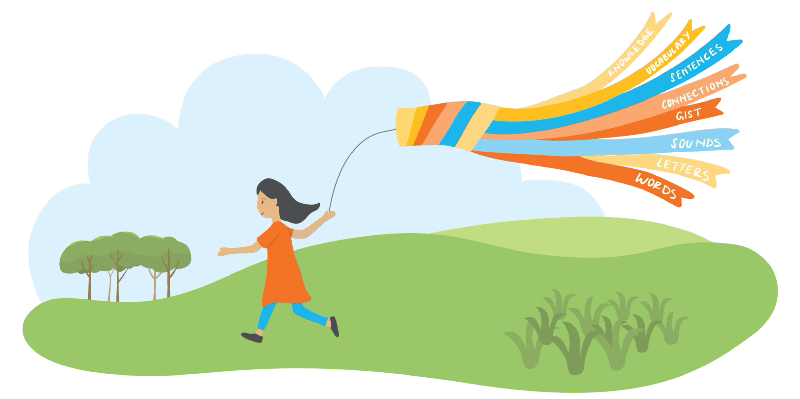Bilingualism is an asset and a strength, and the students who bring that gift into the classroom deserve the opportunity for better outcomes.
This spring, Amplify’s first biliteracy symposium presented more than 7,000 educators with evidence-based ways to honor and accelerate the unique skills and needs of English learners, all in service of advancing equity for all students.
What is biliteracy and why does it matter? Find out in these highlights and takeaways from just a few of the sessions led by experts and thought leaders in the field. You can watch on-demand recordings of the entire symposium here.
The Equity Imperative: Creating the Schools We Need Now
Dr. Pedro Noguera, Dean of the University of Southern California Rossier School of Education, delivered the symposium keynote, “The Equity Imperative: Creating the Schools We Need Now.”
In grade school, Noguera and his brother, children of a Venezuelan father, were assumed to speak no English and placed in remedial classes. Only when their father intervened were they evaluated, then placed in gifted classes. They went on to attend Ivy League schools.
Literacy (including biliteracy) is essential for equity. And equity is imperative, Noguera said, “because unless we address inequality in educational opportunity, the backgrounds of our kids determine their academic outcomes.”
Strengths-based scaffolds to empower Spanish speakers
Dr. Desirée Pallais-Downing, assistant professor in the Bilingual/Bicultural Program in the Department of Curriculum and Instruction at the University of Texas at Austin, described the power of reading centers—in Spanish—to differentiate instruction after whole-group lessons.
She provided 10 examples of bilingual reading centers that help students engage in reading-related tasks in meaningful ways. Centers also provide practice, peer-based learning, a sense of routine, and cultural relevance, in addition to constant growth opportunities for all. According to Dr. Pallais-Downing, “If we design centers so that there are always products generated by students, then these products can provide formative data to inform future lessons.”
The power of dual language assessment
Dr. Lillian Durán, Ph.D. and associate dean for Academic Affairs, College of Education, University of Oregon, made the case for assessing emerging bilingual students in both languages.
Up to 77% of Latino students will not be proficient readers by the fourth grade, said Durán: “This means our system is not supporting strong literacy development, in English or Spanish.”
It is critical to measure both in Spanish and English, she said, and “to understand how to interpret a child’s performance based on their home language of exposure.” This is one of the ways we can stop over-identifying children as at risk and understand the strengths they bring in their home language.
Rather than looking at languages in isolation, said Durán, “We need to look at the child as a total language and literacy system.”
Listen to Dr. Durán’s podcast: Biliteracy and assessment with Dr. Lillian Durán.
Making sense of the world through rich vocabulary instruction
Dr. Doris Baker, associate professor in the departments of Special Education and Curriculum and Instruction at the University of Texas at Austin, described the urgency of and several approaches to in-depth vocabulary instruction.
Vocabulary in oral language is one of the longest strands in Scarborough’s Reading Rope. But not enough time is spent on vocabulary instruction, Dr. Baker said.
Vocabulary must be taught specifically, early, and in depth—beyond simple translation, which does not give students what they need for basic literacy or success in subject areas. “We can teach vocabulary from the beginning and for second language learners in the same way that we would teach it to native language speakers,” Baker said.
She shared specific approaches to teaching vocabulary in depth, and reminded us of its vast importance: “Vocabulary is a way for us to define the way we see ourselves in the world.”
Biliteracy for emergent bilinguals: The what and the how
Dr. Sandra Mercuri, assistant professor of bilingual education and biliteracy at the University of Texas, joined fellow expert and bilingual education consultant Vivian Pratts, of VP Dual Language/Biliteracy/ESL Consulting, to discuss the what and the how of biliteracy for emergent bilinguals.
They defined biliteracy as an ongoing, flexible, and dynamic process that all bilinguals experience as they read and speak in both languages.
Some key takeaways from their talk:
- Everybody has a different biliteracy trajectory.
- It’s crucial to embrace students’ home practices and cultures.
- Biliteracy requires weaving a student’s languages together.
Oral language development for multilingual learners
Dr. Elsa Cárdenas-Hagan, president of the Valley Speech Language and Learning Center, made the case for addressing oral language as we’re addressing literacy skills.
Oral language can help students file or store what they know about the world and retrieve that information when they need it. That capability helps students confirm, question, summarize, and predict—which are all linked to reading comprehension.
Cárdenas-Hagan outlined first- and second-language development milestones. She noted that second-language milestones may come later, which does not represent a delay.
She also discussed how oral language development requires systematic, explicit instruction over time—and how educators can learn evidence-based strategies to deliver it.
Biliteracy: Considerations for children with developmental language disorder
Ashley Sanabria, assistant professor in the Speech, Language, and Hearing Sciences department at San Diego State University, defined Developmental Language Disorder (DLD) and described how it presents in bilingual children, then addressed misconceptions and offered solutions.
DLD is a problem with language that affects talking, listening, and understanding. It doesn’t have an obvious cause. It may affect at least one in 14 kids, and puts students at risk academically and socially. It’s five times as prevalent as autism, but talked about far less.
Kids with DLD will often:
- Speak in short, simple sentences that may violate grammatical rules.
- Have difficulty learning new words and use imprecise vocabulary.
- Have less complex and less organized ways of expressing thoughts.
- Have difficulty understanding directions.
- Have difficulty reading and writing.
Because most research on language development has been done in predominantly white, English-speaking countries, we don’t know as much about it in bilingual students (who are also frequently evaluated in English). This results in the over-identification of bilingual students as in need of special education.
How can we resolve this? Assess in both languages as soon as there is concern, as a true disorder will never manifest in only one language.
For students with DLD, teachers can collaborate with speech-language pathologists for support, and individualize via small-group instruction when possible.
Sanabria also noted that exposure to multiple languages does not make DLD worse, and exposure to only one does not make it better. In other words, while language is hard for kids with DLD, they can still be bilingual!




